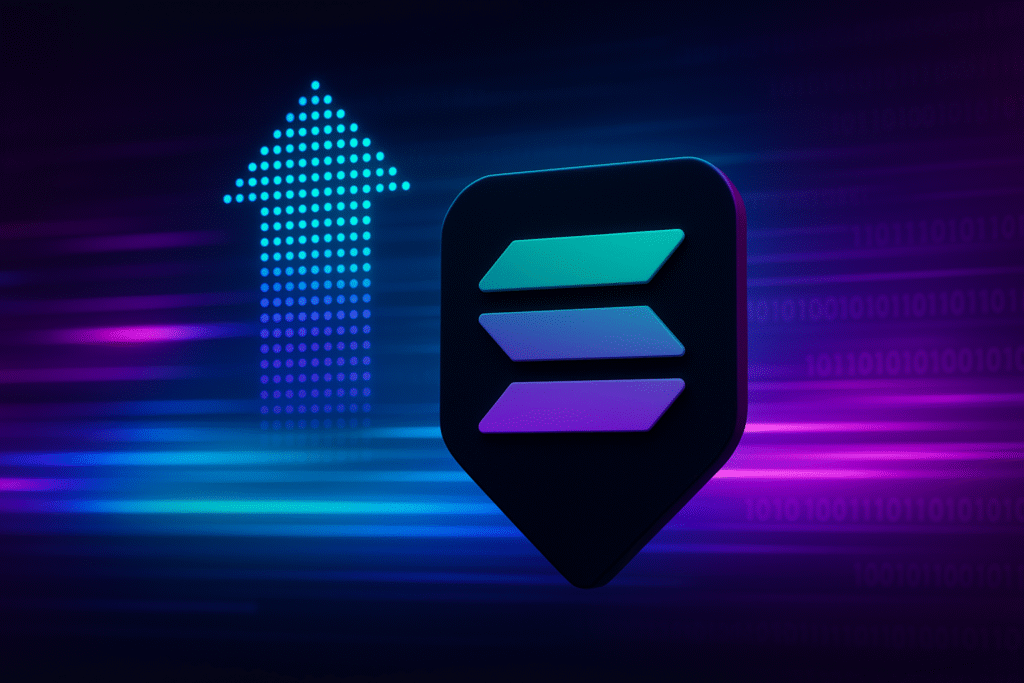In today’s fast-paced digital world, staying updated with technological advancements is crucial. Cryptocurrency enthusiasts, developers, and investors are witnessing rapid evolutions in blockchain technologies, with platforms like Solana leading the charge. Solana’s network is transforming how historical data is accessed, promising faster and more efficient solutions. These changes are not just about enhancing performance but also shaping the future landscape of blockchain applications. Let’s dive into the recent developments within Solana’s framework and understand what these innovations mean for its users.
Revolutionizing Solana’s Data Retrieval: Helius’ Breakthrough
Understanding the New Dynamics of Solana
The recent announcement from Helius signals a significant shift for Solana’s ecosystem, addressing longstanding challenges in data access and retrieval. CEO Mert Mumtaz emphasizes this breakthrough as a pivotal moment, eliminating the cumbersome processes previously associated with Solana’s data queries. The traditional reliance on Google Bigtable posed challenges with speed and flexibility, necessitating a more agile solution, which Helius has now introduced.
Enhanced Performance for Developers
Solana developers and wallet creators have long struggled with the inefficiencies of data retrieval, often requiring multiple RPC (Remote Procedure Call) calls just to extract transaction information for specific addresses. This process frequently led to excessive time and resource consumption. However, the introduction of Helius’ proprietary RPC method, getTransactionsForAddress, seeks to resolve these issues. This innovation is underpinned by a cutting-edge distributed archival storage structure, promising enhancements “1,000x faster” than previous methods.
The new single-call mechanism seamlessly combines the previously separate processes of fetching transaction signatures and details. This efficient approach allows developers to access fully decoded transactions, complete with sorting and filtering capabilities, without the need for back-traversals.
The Strategic Impact on Solana’s Ecosystem
The timing of these advancements correlates with Solana’s strategic goals, highlighting the platform’s focus on maintaining high throughput and supporting consumer-centric applications. The enhanced data retrieval capabilities are particularly beneficial for high-frequency transaction environments, reducing latency and computational overhead significantly. These improvements align with Solana’s intent to streamline data handling processes and lay the groundwork for expanded use cases in the blockchain domain.
On the financial front, these technological enhancements coincided with the launch of the first US spot Solana ETF on the New York Stock Exchange by Bitwise, marking a strong entry with substantial trading volume. This development indicates growing institutional interest and confidence in Solana’s potential.
Emerging Opportunities in Solana’s Landscape
Solana’s innovative leap positions it as a frontrunner in adopting emerging blockchain technologies. With Western Union’s intent to launch a Solana-based stablecoin, USDPT, backed by Anchorage Digital Bank, the ecosystem is poised for further expansion. This venture, expected in 2026, will leverage Solana’s enhanced capabilities to support stablecoin transactions efficiently, offering a glimpse into the future of digital currency solutions.
Frequently Asked Questions
What improvements does Helius’ new RPC method bring to Solana?
The new RPC method introduced by Helius significantly enhances Solana’s data retrieval processes, reducing the need for multiple sequential calls. This method allows for efficient transaction data access, improving speed, flexibility, and scalability by merging signature enumeration and transaction hydration into a single call.
How does this change affect Solana developers and users?
For developers, the changes reduce complexity and resource expenditure when accessing transaction data, enabling more streamlined and efficient application performance. Users benefit from faster transaction verification and potentially lower costs, making Solana applications more user-friendly and responsive.
What are the broader implications of Solana’s technological advancements for its market position?
Technological advancements make Solana more competitive as a blockchain platform, attracting developers and institutional investors. Enhanced data retrieval capabilities improve transaction processing speeds, supporting high-frequency use cases and potentially driving wider adoption in various financial applications.
As Solana advances with these groundbreaking changes, the network solidifies its role as a transformative force in blockchain technology, promising more efficient, robust, and scalable solutions for the future.

